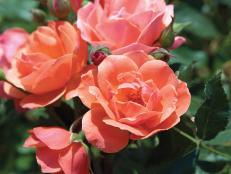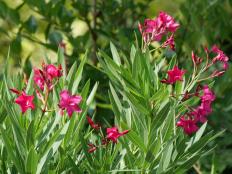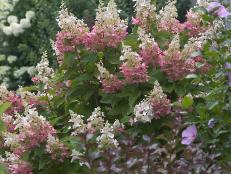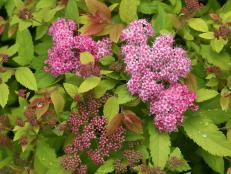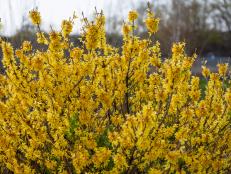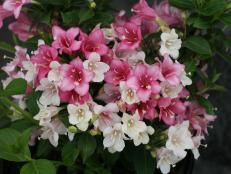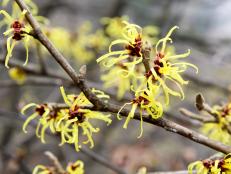Enjoy a Parade of Roses

When you think of gardens of days past - say a grandparent's garden - odds are there's a rose among the plants. The blooms have graced landscapes for a long time, and although much has changed in the rose world, much has stayed the same.
Choosing Your Roses
"There are three different types - the species roses, the old roses and the modern roses," says rose expert Louise Clements. Species roses are ancient, most likely spread for centuries by birds that ate the seeds.
Old roses are the gems generally produced before 1867. And then there are today's modern roses, which come in a huge variety of sizes, colors, growth habits and flower forms. Besides large roses and miniatures, there have been many new applications, such as groundcover roses and landscape roses.
No matter which rose you choose, Clements stresses selecting a plant that will thrive in your climate zone. Just because a rose from childhood did well in one yard doesn't mean it will do well in another without extreme measures.
"The Gallica rose wants a cold winter and so it will not do well in the South," she says, "although some people have been known to put ice on their roses to keep them blooming in the South." A hybrid musk rose tolerates partial shade, and the rugosa rose is perfect for coastal gardens. Most roses like six hours of sunlight a day.
She recommends buying a potted rose with good healthy leaves and branches whenever possible. Also, look for a rose with buds that hasn't already bloomed. And if bare-root roses are available, make sure the plant is bare at the top, as well. "If you buy a box rose or a bare-root rose that has broken dormancy, which is going to be a weak grower."
Planting Your Roses
There's one rule for planting: small plants require big holes. "This looks very small, but it's going to grow because it's very healthy, virus-free, and it's on its own roots," she says.
In a hole that's 2 feet wide and 2 feet deep, Clements adds steer or horse manure in the bottom 6 inches of the hole. The rose's roots won't reach that far down until the second year, and by then, the manure will be well rotted and provide a burst of new growth.
The soil mix Clements uses is half garden soil and half potting soil. Fill in the hole with soil until there is a mound 2 inches or so above ground to allow for settling after planting. Loosen the soil around the roots and plant the rose. Pack the ground tightly to eliminate any air bubbles near the roots. Roses love a good drink of water, especially after planting.
Propagating Your Own Rose
To propagate your own rose, take a cutting about 12 inches in length from the established plant. Make sure to give the cutting a nice fresh, angled cut.
Clements crushes the end of the cutting by banging the pruners on the end of the stem so that the tip will take up more moisture. Dip the end of the cutting into a hormone powder or solution, which is readily available at any supermarket or garden store. Bury the cutting so that a few of the bud eyes are under the soil, and tamp down the soil. Next, place a plastic bag over the rose.
Secure one side of the bag in place with a stick, but leave one end of the bag tilted up slightly to allow air circulation. If the leaves look healthy three to four weeks later, that's a good sign the plant is rooting.
Pruning
The question most often asked about roses is pruning. "Pruning roses might not be as complicated as you thought," says Clements. "The first thing I like to do is take off canes that are too long." She makes those cuts at the joints. Long and lengthy stems get pruned as well as branches that cross over each other. Clements prunes to an outward-facing bud eye, angling the cut so that water will run off easily. This type of cut is best done in late winter or early spring.
Deadheading
Deadheading on the other hand is best done after blooming. "You deadhead after the rose has faded and when it's no longer the beauty that you would like to see," says Clements. "Go down to the first set of five leaflets and prune just above the five leaflets facing outward."








